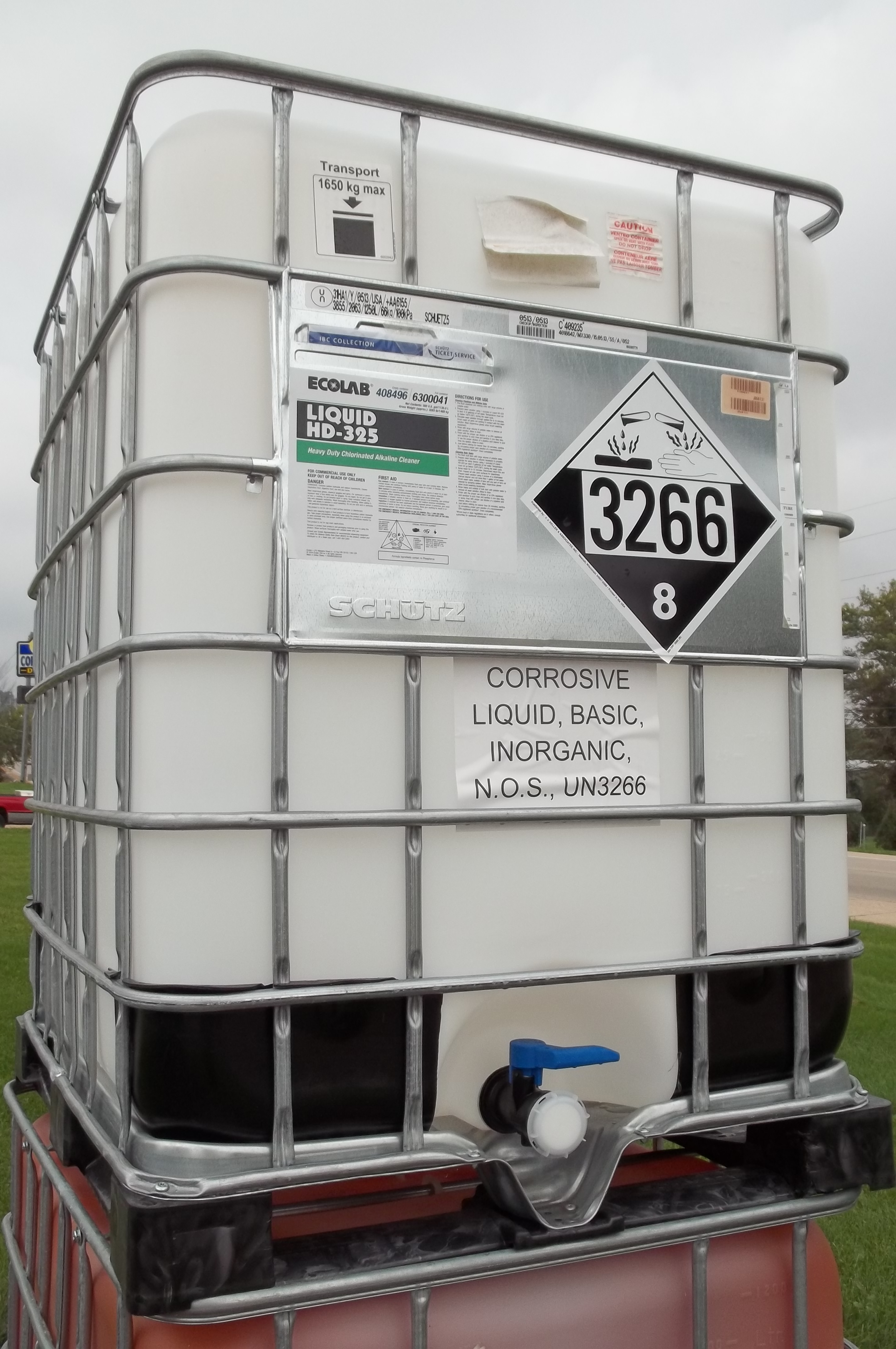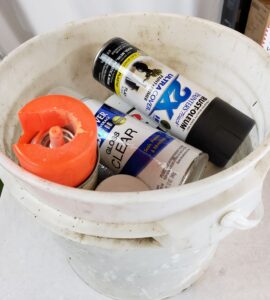June 11, 2020:
Daniel
I have read your Bulk Packaging for hazmat. I have a questions regarding the aerosol cans packed in an 11G fiber cubic yd boxes (aka: an intermediate bulk container or IBC). You have confirmed placards and UN numbers are not required due to inner containers. If boxes do display placards 2.1 with the 1950 across in the white panel would this be a violation for over placarding?
Thanks for your help.
My reply the same day:
Thank you for contacting me. I will try to answer your questions. Please see below.
- I presume you are referring to the following Q&A at the end of the article:
Q: Are aerosol cans loaded in a UN specification bulk packaging, i.e. an 11G fiberboard Intermediate Bulk Container (IBC) subject to the marking, labeling and placarding requirements for a bulk packaging?
A: No. The definition of a bulk packaging specifies that it must contain hazardous materials that are loaded with no intermediate form of containment. The aerosol cans in the 11G box would be a form of intermediate containment and, thus, not considered a bulk packaging. It is interesting that in this situation what may start as a bulk packaging may not continue to meet the definition depending on how it is used.
- As a rule, using hazard communication in excess of what is required, as long as the HazMat is present and other conditions are met, is not a violation.
- I will need more information about your situation: Are the aerosols in this case being transported as a waste for disposal or recycling?
Please advise.
Some more information on June 11, 2020:
Thanks Daniel for helping me.
I did call the DOT hotline and since the cubic yard box is acting as on overpack for the aerosol cans the placard with the UN number across the middle would not apply. I looked at Large Packaging requirements which do contain inner containers but the 11G IBC does not meet the requirements of a Large packaging since it does not exceed 119 gallons.
We are shipping these for disposal (hazardous waste).
We normally have the yellow haz waste marking with all the generator information, shipping description etc and a 2.1 placard with 1950 across the middle on two opposite sides of the IBC. Would this still be acceptable by DOT or a violation?
Thanks so much for your help.
Interested in site specific training at your site that covers this topic, and more! Ask me about my Onsite Training |
Still June 11th, my reply:
I will do my best to answer your question and provide guidance. Please see below.
- I believe the Q&A in my article on bulk packaging & your call to DOT confirms the cubic yard box with aerosols is not a bulk packaging. Therefore, it could display the labels and marks as if it is a non-bulk packaging.
- Non-bulk packagings must be display labels in compliance with 49 CFR 172, subpart E.
- A placard with the ID # displayed on it will not meet the specifications of a label. I believe it would be a violation to display the placard instead of the required label.
- However, it is not a violation to use hazard communication in excess of what is required as long as the hazard is present. You could display the placard in addition to the label, but not in place of it.
- There is a good exception from full regulation for aerosols shipped for disposal or recycling at 49 CFR 173.306(k). Using it makes discussion of labels and placards on the cubic yard box unnecessary.
Also…
It didn’t come up in this Q&A, but check to see if your state has adopted the USEPA’s Final Rule including aerosol cans as a universal waste.
I hope this helps. Please contact me with any other questions.
And, the next day, her final reply:
Thanks for your help. I start confusing myself when reading and rereading the requirements.
Conclusion:
There’s no shame in admitting you may become confused by the regulations (it happens to me all the time). The solution is to sit down and carefully review the regulations, guidance documents, and interpretation letters of the respective agency until you can finally make sense of it all. Or call me.






